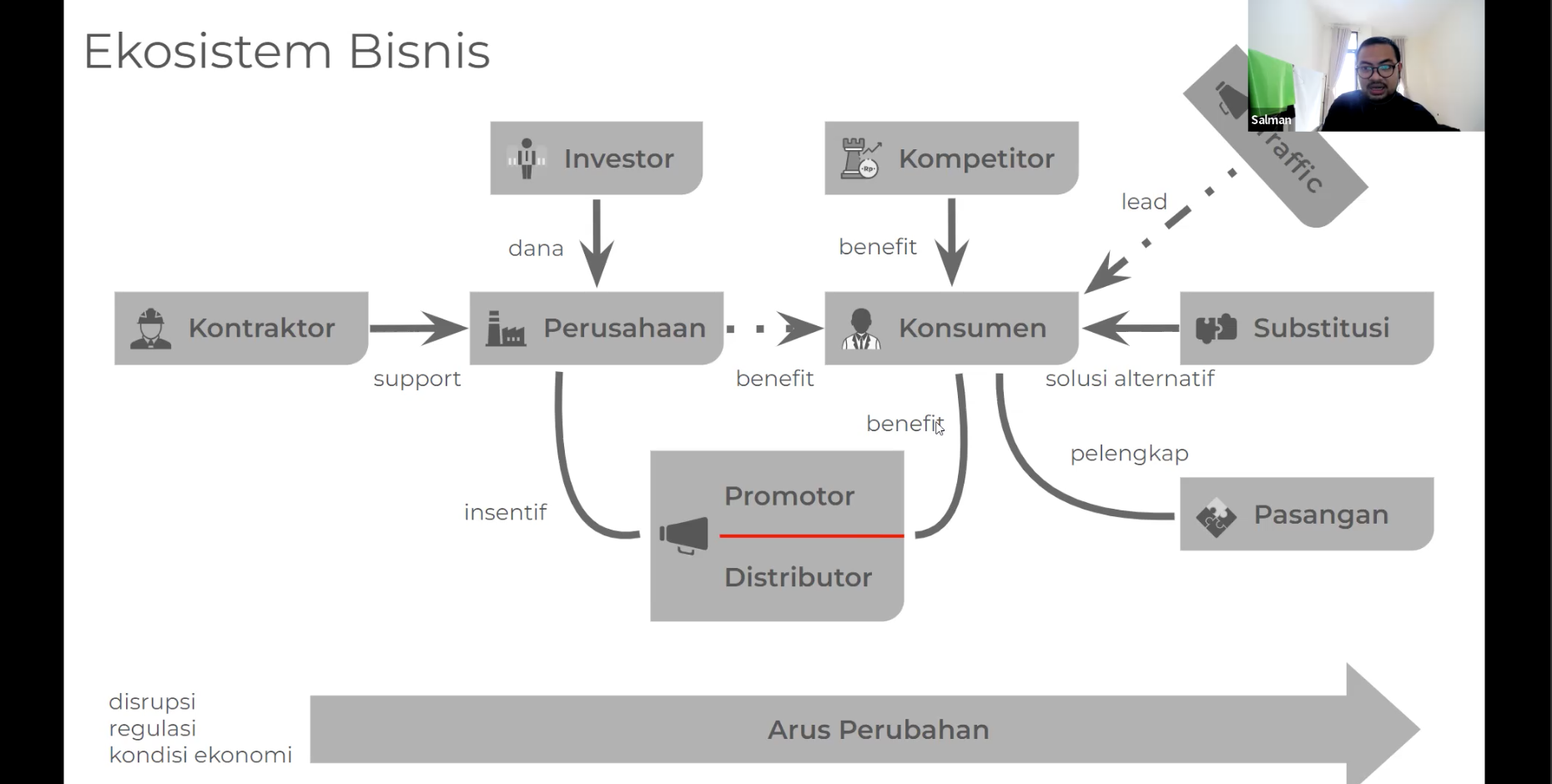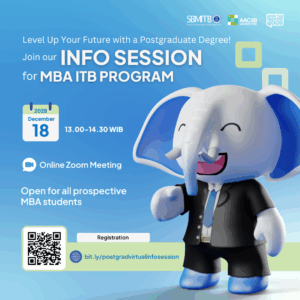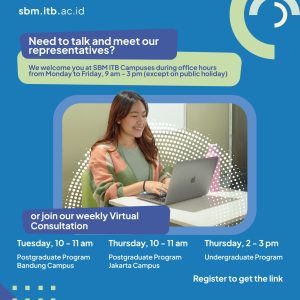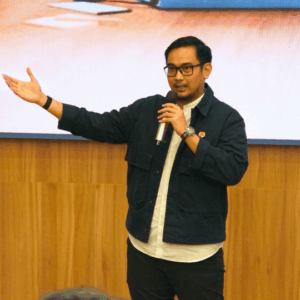There is always risk accompanying every step in business. However, behind these risks lies potential and opportunities if we can handle them properly. SBM ITB invited the CEO of Yukbisnis Indonesia, Muhammad Salman Alfarisy, to discuss strategies for dealing with business risks in the Guest Lecture session for the Business Risk Analysis course, on (18/3/2022).
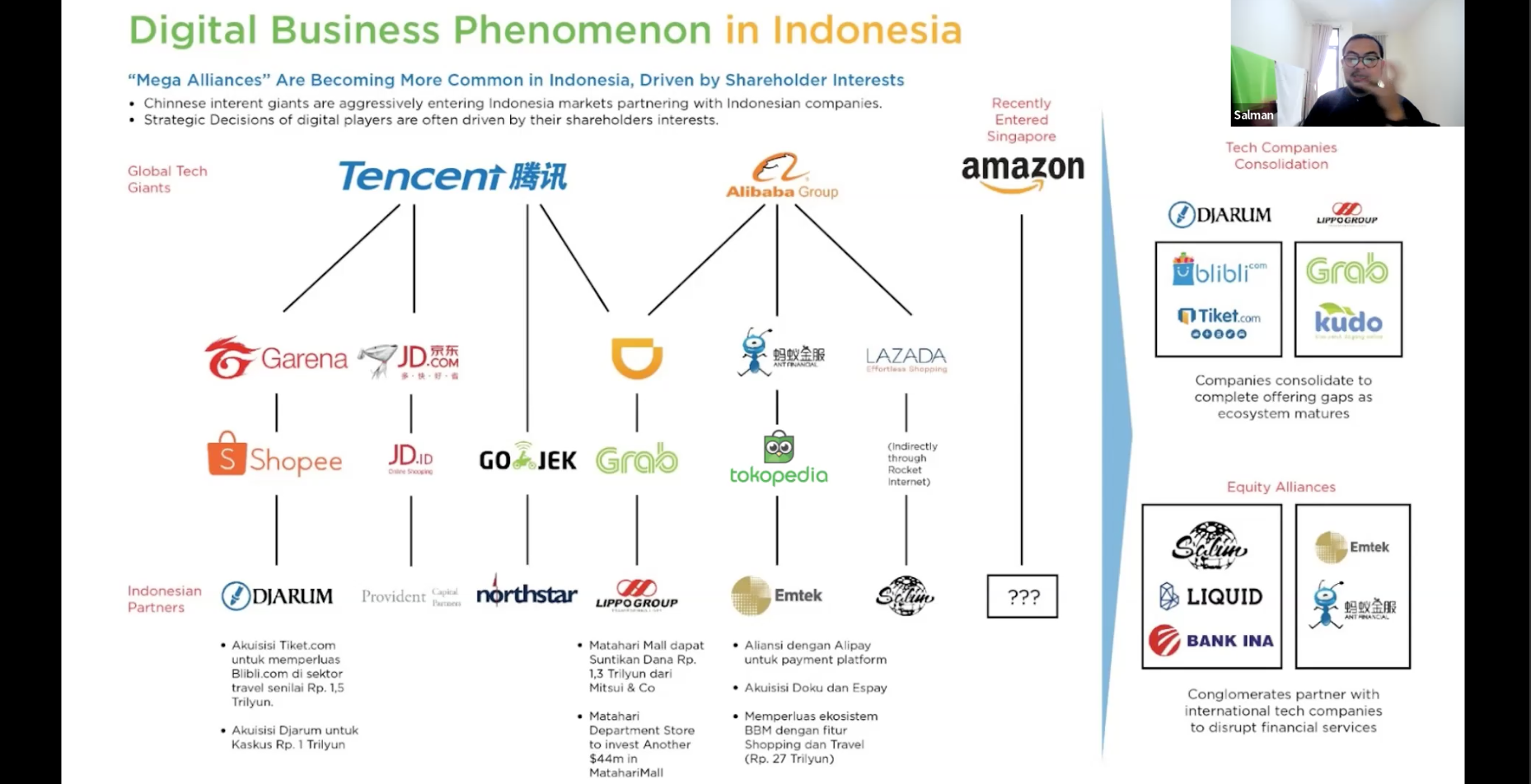
Two main variables need to be considered to b build an independent ecosystem: the Five Porters Analysis and the Business Model Canvas. They are considered the best for describing the current business conditions. Five Porters Analysis can help identify the state of the industry, from competitors, suppliers, to consumers, while the Business Model Canvas is useful for generating value propositions that can be used as the basis for positioning strategies.
However, even with the perfect implementation of the business ecosystem strategy, Salman added that we could not fully eradicate risks. “It will always exist if we want to take advantage of opportunities; therefore, it is important to build a strong mentality and mindset that can measure and dare take reasonable risks,” said Salman.
It’s like playing darts. When we target a point on the dartboard, we may miss it. We may throw it too far to the right, we are lacking in power so it doesn’t reach the target or go too high. This is natural. It doesn’t matter whether we reach the target or not; the important thing is that we know where we went wrong, so we can keep trying. From these reiterations, we know what should be corrected to be better in the future.

